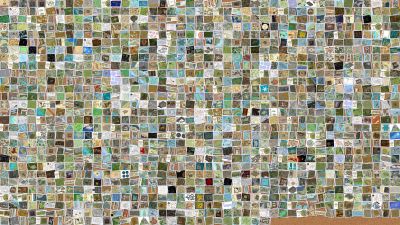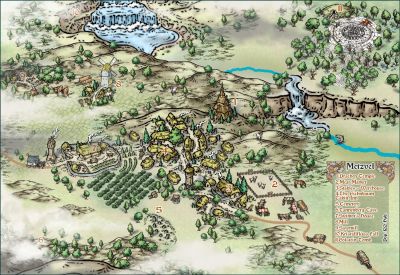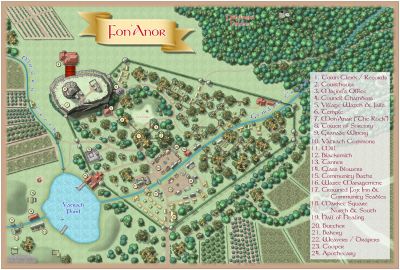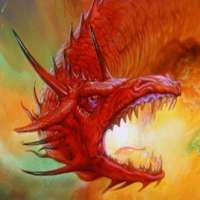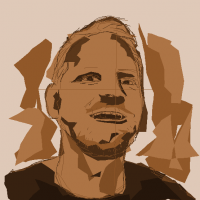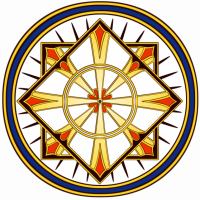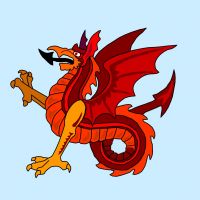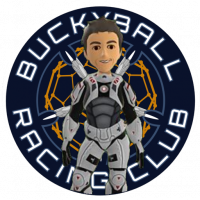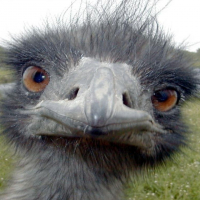
Monsen
Monsen
About
- Username
- Monsen
- Joined
- Visits
- 660
- Last Active
- Roles
- Administrator
- Points
- 8,858
- Birthday
- May 14, 1976
- Location
- Bergen, Norway
- Website
- https://atlas.monsen.cc
- Real Name
- Remy Monsen
- Rank
- Cartographer
- Badges
- 27
-
Jon Roberts Revisited Bug
You may have downloaded the fixed version Ralf just put up to your Mac. The new fixed version does contain the files, and should install them properly.
For those interested in the technical details, the reason for the lines was that when the symfill files didn't exist, CC3+ failed to load them, so it used the default settings. Which happens to be a very simple vertical line symbol.
-
Cc3+ text on non cc3+ map versus photoshop?
You ask about text, but you also talk about things like political borders and stuff, so it seems like that should be taken into consideration.
Now, to start, I personally hate PhotoShop, I find it cumbersome, difficult and intuitive to use, and on top of that, expensive. But, there are other image editors out there so I'll not jump to the conclusion of using CC3+ just because I don't like the other option.
But, you obviously isn't skilled in PS yourself, given that you don't know the difficulty of working with text, which more or less brings me to a conclusion right away, use what you know. If you know how to do things in CC3+ there isn't really a good reason to use an image editor, unless you want to use it more as a training exercise to learn that software rather than use what would be most appropriate for you.
Considering that both options do allow a layered approach, both can be used for the task, but if you import the map to scale in CC3+ before drawing on top of it, you can also use various tools to do things like measuring length and area, including measuring length along a curved line, which I personally find extremely nice when working with maps, so I would probably pick CC3+ for that option alone.
The only reason where I feel the image editor may be a bit stronger is making the things you draw on top of the scanned image appear better "integrated" into the image. But this is something that takes skill with the image editor, it doesn't come for free, and you can get a long way in the same direction by using sheet effects.
-
FAQ: Frequently Asked Questions and their solutions
- My symbols disappear when I scroll/zoom
🎬️ Videos: Short tutorial +++ Intro video about sheets
This happens because of sheet order. For performance reasons, when you place a symbol (or other entity), it is always displayed on top of everything else, until you do something that redraws the screen, such as scrolling, zooming or hitting the :CC2REDRAW: button, as this causes the view to be redrawn, and entities such as symbols will be drawn in their actual position in the drawing order
If your symbol disappeared when you did that, it is an indication that it was placed on a sheet below something else that covers it up. Most symbols and tools choose their own sheet, but if you were using one that didn't do that, it might be that your active sheet is low in the order, or perhaps you have another entity late in the drawing order that covers up things it shouldn't.
You can check which sheet an entity is on by using the List command in the Info menu, or you can try to temporarily hide some of the sheets in the list. There are multiple ways to move an entity to a different sheet, but :CC2MCHANGE: is a good way.
Remember that when CC3+ draws entities on screen, it starts with the top sheet in the list and draws that to the screen, then it goes to the next one, and draws the content of that sheet on top of what's already been drawn and so on. This means that entities on sheets later (further down) in the sheet list will appear on top of things earlier (further up) in the list, and the entities on the very bottom sheet will appear on top of everything else.
-
How do you attach a master symbol filter file to a map
Symbol filters are loaded in the OnOpenMacro map note. Should be a line saying
SYMICONFLOAD CA163in there.You can also manually load them by right clicking :CC2SYMPATH: and picking Master Filter Settings, hit Load in the dialog and load the CA163 setting. (While in the dialog, you can then also check that the CA163 is in the Filter 1 position after loading, and that it is the selected filter)
-
Trouble with installing Vyntiri, Boogie and Dunjinni
The filters those buttons use are set up to be compatible with the standard CD3 style cities. When used with other styles, they simply doesn't find the correct master filter, and ends up displaying the default set of symbols from whatever style your map is in.
You can toggle the filters used by using the :CC2SYMPATH: button. Each click switches to the next style in the list, or you can right click the button, pick master filter settings, and pick the desired one (These buttons want the CD3 Bitmap A one). Some styles may not have the right option in the list however, so another way of doing it is to click the :CD2: button once.
Note that changing symbol style will affect all other symbol buttons too though. The easiest way to get back to where it should be for your maps if you can't seem to do so using :CC2SYMPATH: is to simply save your map, then go to the File menu, and pick your just saved map from the top of the recent file list. This reloads the map, including restoring the default settings for that map.
-
Cartographer's Annual - all the issues linked in one place
I can't make all potential useful topics sticky, the front page would just be a long list of stickies, which is not very user-friendly. Instead, it is listed in the resources category, which you can find directly from the left-hand navigation menu (Helpful resources and FAQ link)
-
Question about the sheets.
You'll find a lot of it in the tome somewhere, but there is no dedicated section just describing the special sheets, it's more a thing you pick up a bit from here and a bit from there.
For the SCREEN sheet, it's not that special, really, but because the canvas in CC3+ is unlimited in size, if you put a symbol at the "edge" of the the map, it won't be clipped, it will simply extend off it. The SCREEN sheet typically holds a white polygon that simply covers up all those bits sticking out.
For the MAP BORDER, the map border sheet just holds the graphical decorative map border. It is usually placed last in the list to put a nice frame on top of things. The "technical" map border, which define the size of the maps, and that drawing tools use as the edge to know where to stop drawing, is simply 4 lines on the MAP BORDER layer, they can be on any sheet, but usually the live on BACKGROUND.
-
Early halloween greeting card
-
FAQ: Frequently Asked Questions and their solutions
- I can't select entities properly.
🎬️ Videos: Fixing Selection
At times you may find that selections doesn't work properly. For example a command that expects you to select something (such as the erase command) just seem to terminate without allowing you to selecting things at all, or it might appear to select things automatically.
This is caused by the fact that CC3+ has different selection methods for different purposes, and sometimes the wrong one may be enabled (often caused by a macro that didn't complete properly).
To fix it, select Options from the Tools menu, then hit the Select method button and make sure that the selection method is set to "dialog or Popup". Make sure to just hit OK to exit out of the dialogs, and your selections should work as before.
If you don't mind using the CC3+ command line, this can also be fixed by just typing SELBYD followed by enter.
?️ Further Reading: Selections
-
Gallery Page
There is now a brand new Gallery link in the main menu. It will take you to a page showing all the users who have an image gallery, and their latest additions.
The list is sorted with most recent update on the top of the list, and each user is shown with their three most recent uploads (same as in the profile section)


